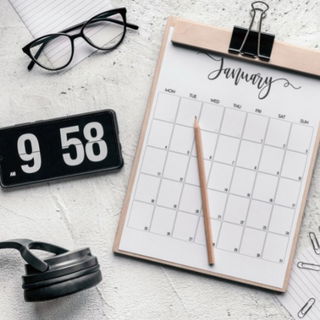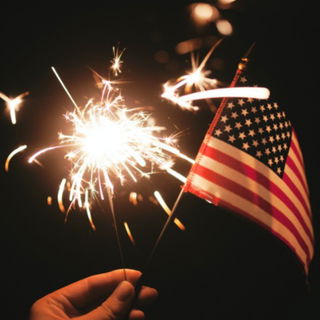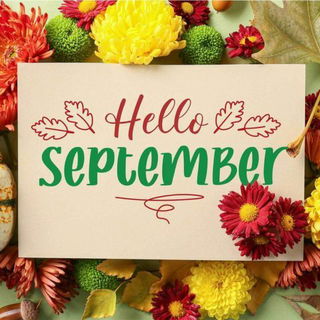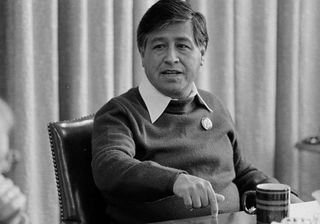- Calendar
- Calendar 2025
- September
- Holiday Labor Day
Labor Day
Holiday
In 2024 Labor Day is taking place on September 2nd.
Labor Day is celebrated On the first Monday of September every year, and it is a federal holiday in the United States. It started on Tuesday, September 5, 1882.
It is an important date as The United States of America honors the American labor movement and pays tribute to the social and economic contribution of the laborers toward society and recognizes their individual rights.
Labor Day falls at the end of the long weekend known as Labor Day weekend and also highlights the importance of fair employment practices and the ongoing struggle for labor equality.
Labor Day weekend is a time for American workers to enjoy an extended break, engaging in various celebrations and activities and the start of the football season. Additionally, it signifies the end of summer and the transition to cooler weather.
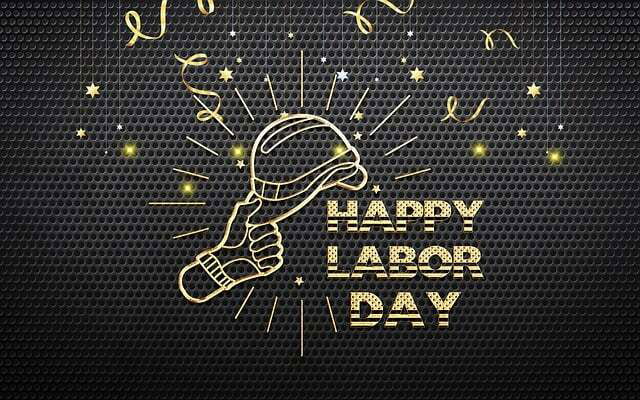
Who Do We Owe Labor Day To?
Peter McGuire was the general secretary of the United Brotherhood of Carpenters and Joiners (one of the largest unions of the time), and vice-president of the American Federation of Labor.
He is said to have proposed the initial idea in 1882 to the Central Labor Union (CLU). He wanted the day to be a “general holiday for the laboring classes.” He recommended September 5th because it was halfway between Independence Day on July 4th and Thanksgiving Day in late November. He suggested a street parade to show solidarity and strength.
The Knights of Labor, the largest and most influential American labor federation at the time, gave their sponsorship.
Matthew Maguire was a machinist, a secretary, and a leading figure in the CLU. He was a radical member of the Socialist Labor Party. He is also said to have suggested the idea in 1882, and called on the 56 unions around New York to put on “a public show of organized strength." He was a radical member of the Socialist Labor Party. He is also said to have suggested the idea in 1882, and called on the 56 unions around New York to put on “a public show of organized strength."
The History of Labor Day
In the late nineteenth century, at the peak of the Industrial Revolution in the United States, working conditions were terrible.
The Industrial Revolution also meant machines could run all day, bringing in 16 hours of work for 7 days a week for an average American to earn a basic living.
As a result, many individuals, including the impoverished and new immigrants, often experienced highly hazardous work environments lacking proper ventilation, clean facilities, and adequate breaks.
Children as young as five years old could be found working in factories. This gave birth to the labor movement in the United States: More and more unions were formed, and they organized strikes to improve workers' rights. Employers refused to grant 8-hour working days, and these strikes often became violent.
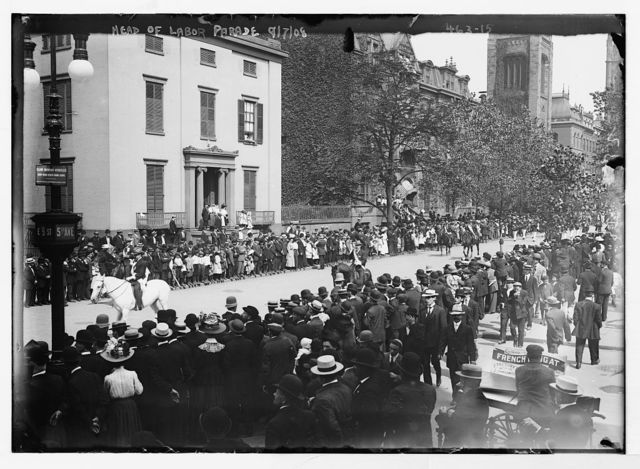
The labor movement also led to a day for workers, Labor Day. There is often some dispute over who its real “father” is, but two key individuals in the creation of Labor Day are Peter McGuire and Matthew Maguire.
The Evolution of Labor Day: From Workers' Protests to a Federal Holiday
On Tuesday, September 5, 1882, around 10,000 workers marched from Union Square to City Hall.
The Knights of Labor passed a resolution to hold each subsequent holiday on the first Monday of September. Thus, Labor Day was born and Oregon was the first state to adopt Labor Day as an official public holiday in 1887. By 1894, 30 states started observing this day.
The turmoil continued in May 1894 when a group of unemployed workers began rioting, and the situation escalated further in June with the Pullman Strike.
The Pullman Strike was a nationwide rail strike that led to the tragic deaths of protesters at the hands of the United States Army and the Marshal Service.
Amid this crisis, and 6 days after the strikes, Congress passed a bill, which was signed by President Grover Cleveland, to declare Labor Day a federal holiday.
The bill is said to have drawn attention away from May Day, which was established on socialist movements, and to keep the support of American workers.
Many other countries have also established a holiday to celebrate their workers. However, outside the US, it is common to be celebrated at the start of May rather than September to coincide with the start of Spring, and often Labor Day is also known as May Day.
No White After Labor Day
There is an unusual tradition, and saying, that relates to the fashion world. Labor Day is said to mark the end of wearing white clothing.
This is a tradition that dates back to the late 19th century when the upper class would return to the city after their summer vacations and stow away their lighter, more casual white attire.
People have continued the tradition in some homes even today and will remove white clothes from their wardrobe until Memorial Day, at which point white can be worn again.
Key Milestones in the History of Labor Day
The first Labor Day parade took place in New York City, with around 10,000 workers marching from Union Square to City Hall. This event was organized by the Central Labor Union (CLU) and the Knights of Labor to show solidarity and strength among workers.
Oregon became the first state to officially recognize Labor Day as a public holiday.
Following the Pullman Strike, which resulted in the tragic deaths of protesters at the hands of the United States Army and Marshal Service, Congress passed a bill to make Labor Day a federal holiday. President Grover Cleveland signed the bill into law, and by this year, 30 states had adopted Labor Day as an official holiday.
Labor Day continued to evolve, highlighting the importance of fair employment practices and the ongoing struggle for labor equality. It became a time for American workers to enjoy an extended break, participate in celebrations and activities, and mark the start of the football season. The holiday also signified the end of summer and the transition to cooler weather.
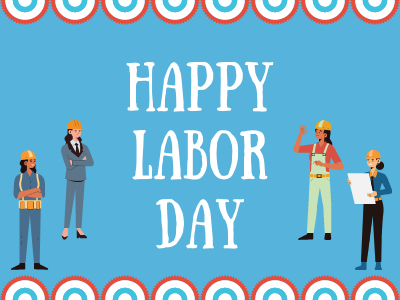
Other Celebrations
-
Jan 23 Thu
-
May 01 Thu
-
May 01 Thu
-
May 11 Sun
-
Jun 12 ThuWorld Day Against Child Labor
-
Sep 14 Sun

Labor Day 2025
Date: Monday, 07 September 2026
Date: Monday, 06 September 2027
Date: Monday, 04 September 2028



